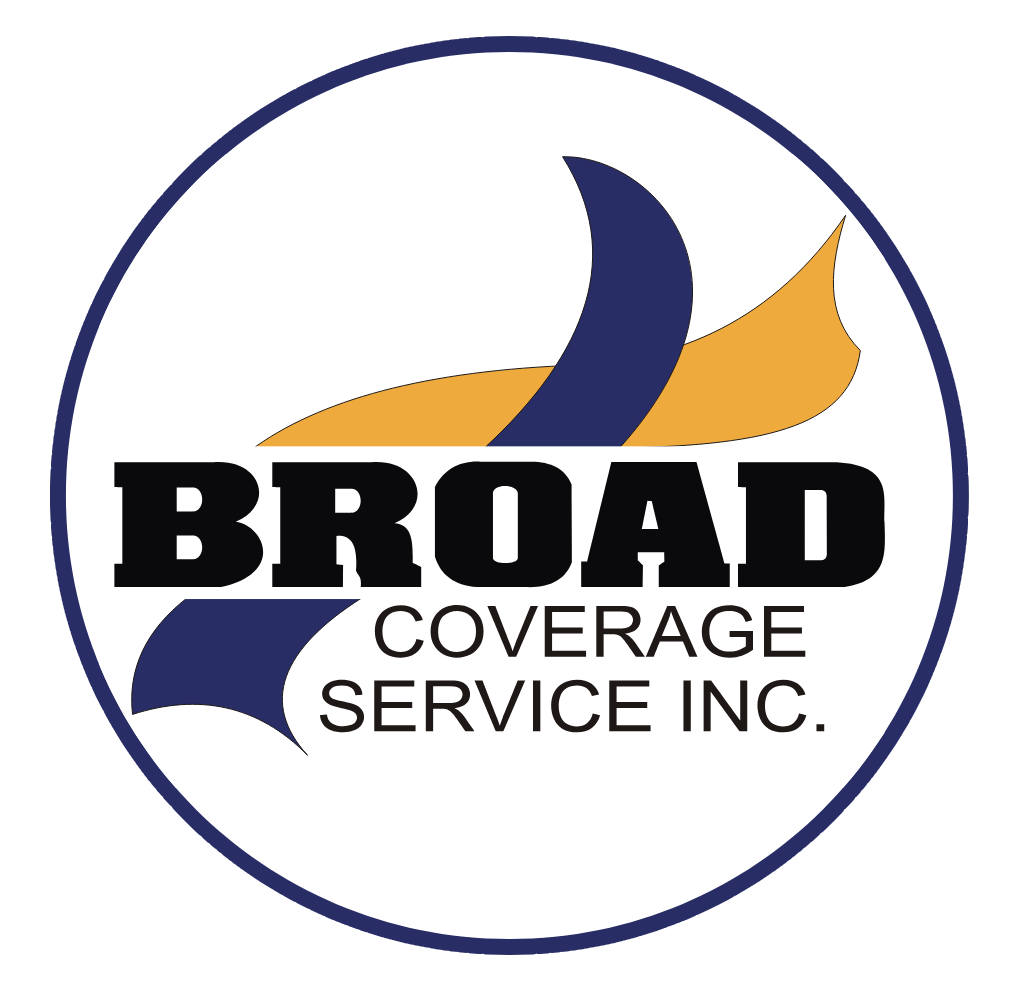Embrace technology to build your business, increase your productivity and solidify your client relationships.
As the end of 2021 approaches, many independent agents and brokers are taking time to evaluate growth strategies and consider how to get ahead in 2022.
One way to make your agency future-ready is to embrace the technology available to you, either through your own digital marketing efforts or tools provided by your preferred insurance carriers.
Optimize social media, website
With nine out of 10 Americans on the internet and seven out of 10 using some type of social media, it makes sense for agents and brokers to maximize their use of online and social media platforms as well.
Here are some tips that may be helpful in building a digital presence and generating interest in your expertise:
- To increase interest in your website’s content, keep the design simple and straightforward, with a header on each page, a clear description of the services provided, easy to find contact information and a prominent call to action.
- Since nearly all (95%) of people reportedly read reviews and 7 in 10 will hold off on making a purchase until they’ve read reviews, you may want to include a review section on your website as well, where you can encourage satisfied clients to leave a few positive words about your assistance and service.
- To help search engines like Google, Bing or Safari find your website — and place it at the top of their list when a consumer runs a search — you’ll need to work closely with your website’s programmer to ensure that all the right data is included behind the scenes. Search engines also prioritize websites that include links from other websites, so you may want to reach out to real estate agents, financial advisors or others in your network and ask them to include a link to your website on theirs.
- Leverage social media platforms to reach the intended audience. Rather than trying to have a presence on every platform, choose one to three platforms where your audience is most likely to consume content. To build a following organically, communicate consistently and link to your social media pages on your website and email blasts. It may also be helpful to supplement your social media followers by investing in paid ads. You can go directly to the social media platform, like Facebook or LinkedIn, to find guidelines for running paid ads, or if you have the budget, hire an agency to help you decide where and when your ads should appear.
- Taking advantage of timely information is also important in building a social media presence. Consider posting educational information such as seasonal home maintenance and catastrophe preparedness tips, client claims testimonial stories, or insights and trends that relate to your clients’ passions, such as wine, classic cars, or fine art. Keeping content professional and concise, with compelling visuals and a clear call to action can help drive responses as well.
Maximize carrier-provided digital tools
Insurance companies spend millions to give their best agents and brokers a leg up on the competition. Many provide agent portals, digital tools and mobile apps to help agents and brokers better manage their business, find prospects, or quote policies faster and easier than ever. And these resources are often free to agents and brokers who partner with them.
Insurance companies regularly update agent portals to provide enhanced functionality and convenience. While learning new technologies may not always come easy, it’s important to stay up to date on an insurer’s latest digital enhancements. For example, using a carrier’s latest online quoting functions that prefill applications, automatically produce multiple quotes and set user preferences can help save time and enable agents and brokers to spend more time providing advice and expertise to their clients. Or using a digital tool that monitors catastrophes, can allow agents to see a map of where client properties are in relation to an advancing storm or wildfire, and then help solidify their relationships by reaching out proactively in a time of need. A tool like that can also help agents find potential clients for a specific type of insurance or service, such as cross-selling flood insurance in an area that was hit by a recent rainstorm or reaching out to clients in a wildfire zone to encourage them to sign up for protection services.
If you’re not sure how to use your carrier’s technology, whether an agent portal, mobile app or other digital tool offered, investigate education or training programs offered by the insurer. They will likely provide extensive and constant training opportunities to allow you to make the most of their digital assets.
Get to know predict-and-prevent tech
Technology also has come a long way in helping predict and prevent issues and losses from happening in the first place. More clients are adopting these smart loss prevention devices because they are convenient and provide peace of mind. But the evolving technology can also be confusing. Clients are turning to their insurance agents to ask which technology to select and if it will provide a discount on premiums. To best service their clients, agents and brokers will need to be a step ahead and understand what’s available, how they work, and how they are viewed by insurance companies.
Four years ago, water shut-off devices cost thousands of dollars to buy and install. Today, the predict-and-prevent IOT (Internet of Things) universe has expanded to include easy-to-use, cost-effective water shut-off devices, water sensors for high rise buildings, and temperature/humidity sensors for food storage, wine cellars, and more — all to help prevent damage and inconvenience for homeowners. Our evidence shows that these devices are proven to save clients’ money, time, and hassle. This in turn can help improve an agency’s loss ratios with their insurer partners.
Installing IOT sensors to prevent loss can also lower insurance premiums, as many carriers are now providing credits for these devices. If you’re not comfortable talking about IoT devices or are unsure about which device to recommend, speak to your insurance company contacts — carriers have experts who can help you understand these technologies, so you can speak confidently about them to your clients.
With so much of our world happening online these days, embracing the technology available to you is a great way to build your business, increase your productivity, and solidify your client relationships. In addition, by putting a simple digital marketing strategy in place for your agency and taking advantage of the technology your insurance company partners provide, you can help make your agency future-ready for 2022 and beyond.









